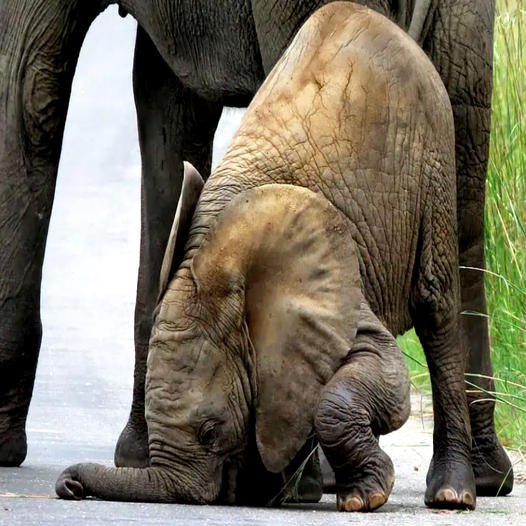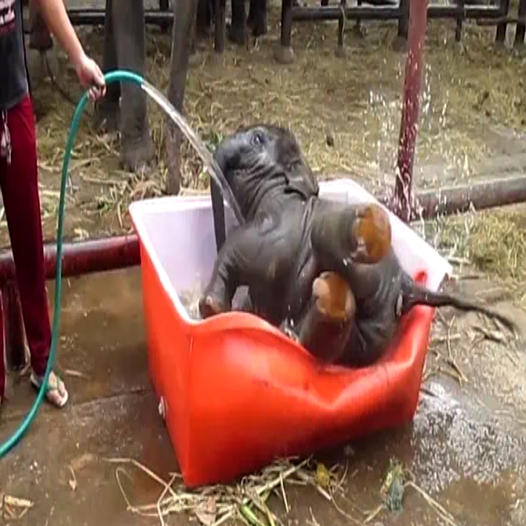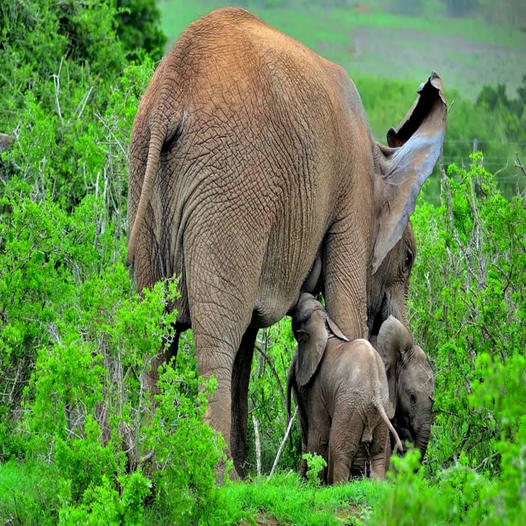Transform your garden into a thriving ecosystem by harnessing the power of flowers to attract beneficial insects. From pollinators like bees and butterflies to natural predators that prey on garden pests, beneficial insects play a crucial role in maintaining ecological balance and promoting plant health. In this comprehensive guide, we’ll explore the benefits of attracting beneficial insects to your garden, discuss the types of flowers that attract them, and provide practical tips for creating a vibrant and insect-friendly flower garden that delights both gardeners and wildlife alike.
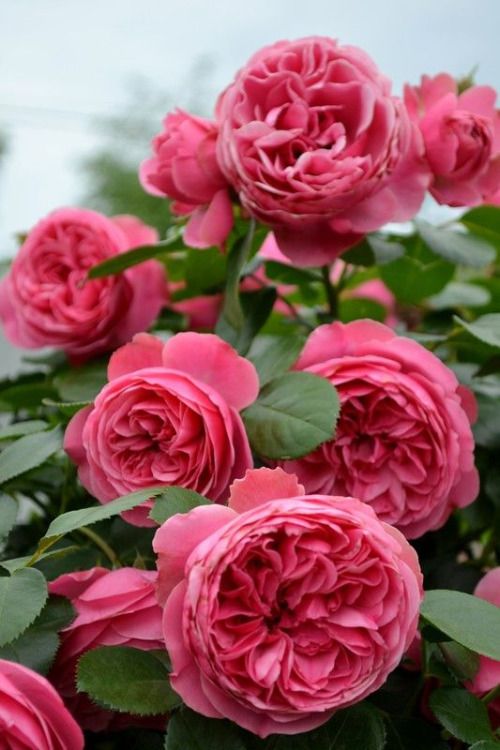
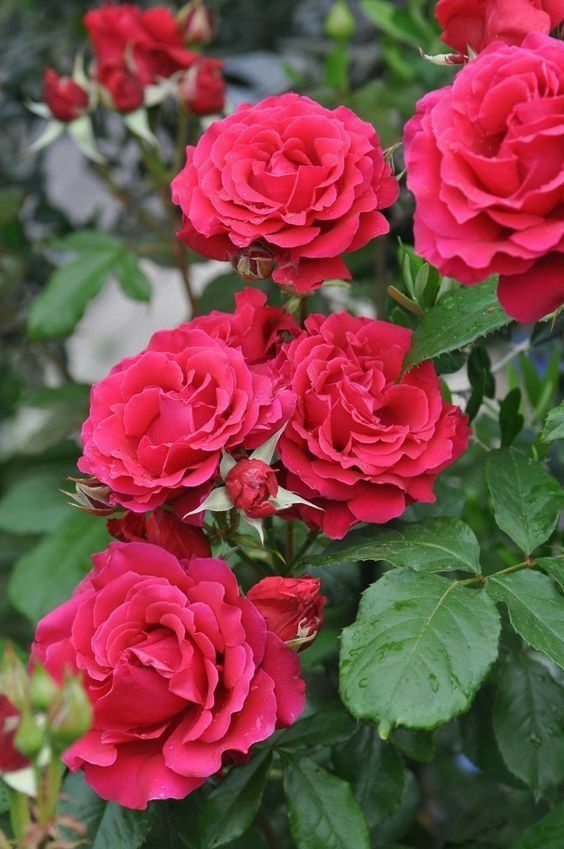
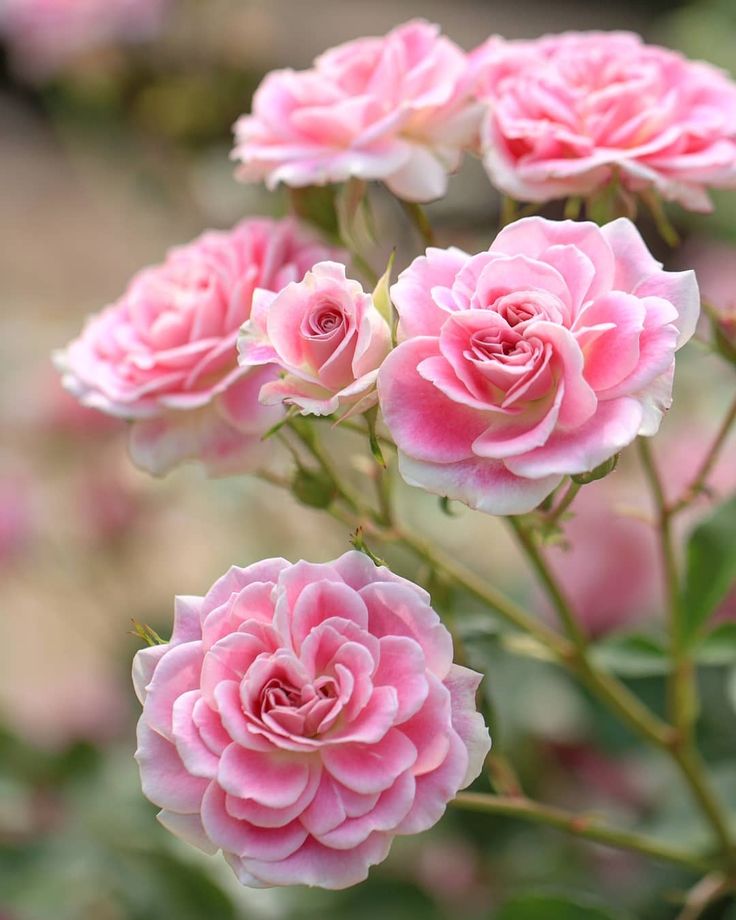
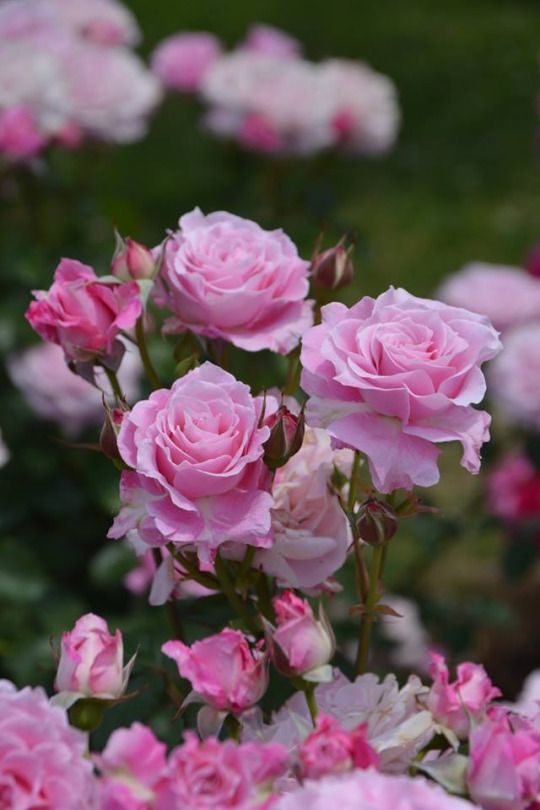
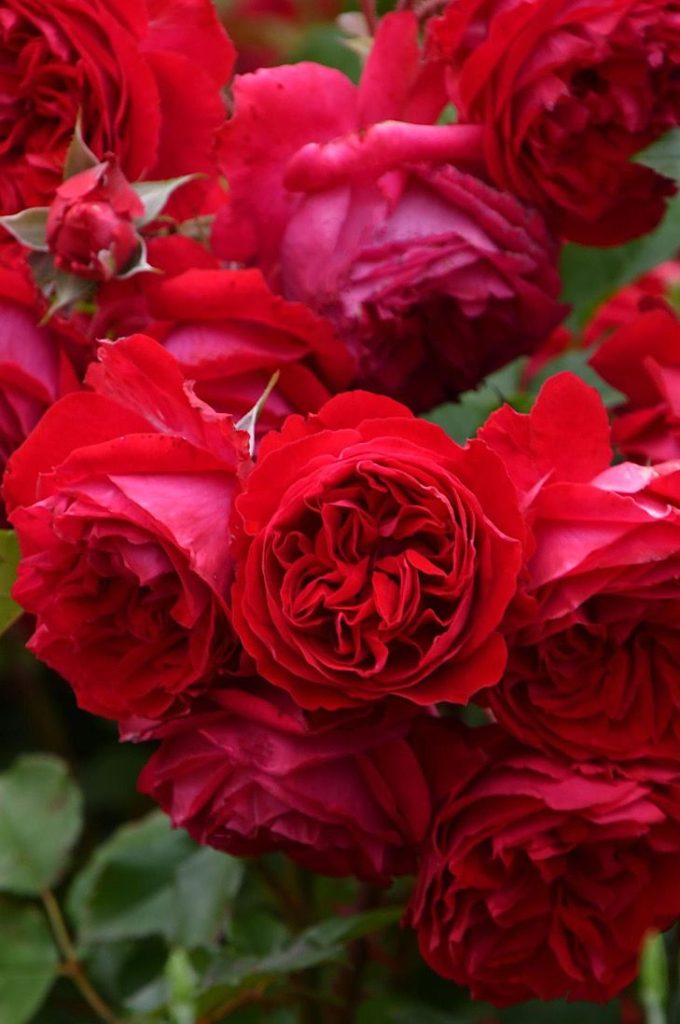
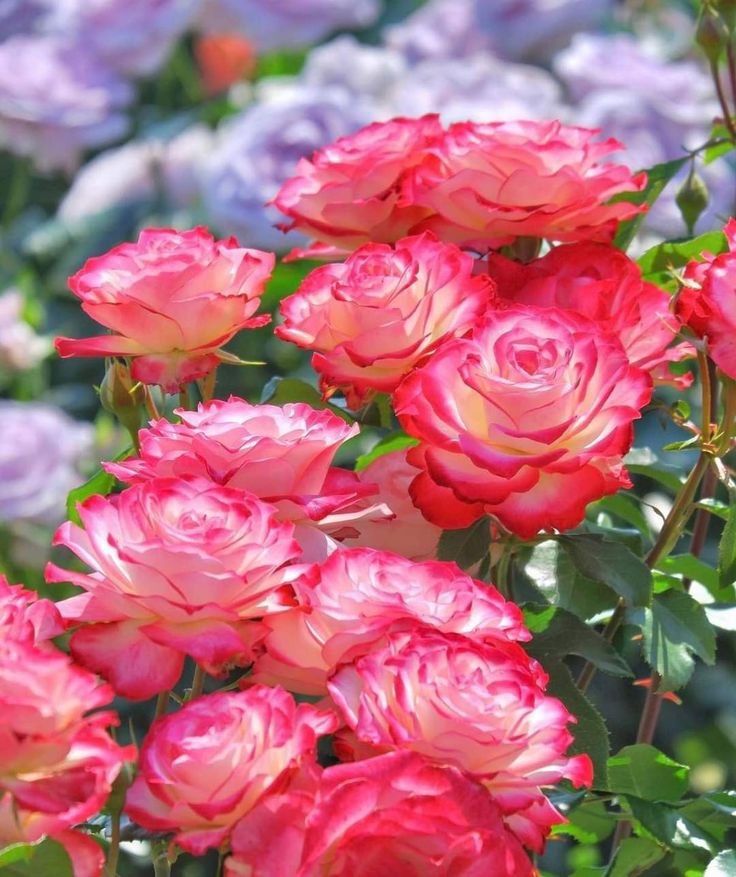
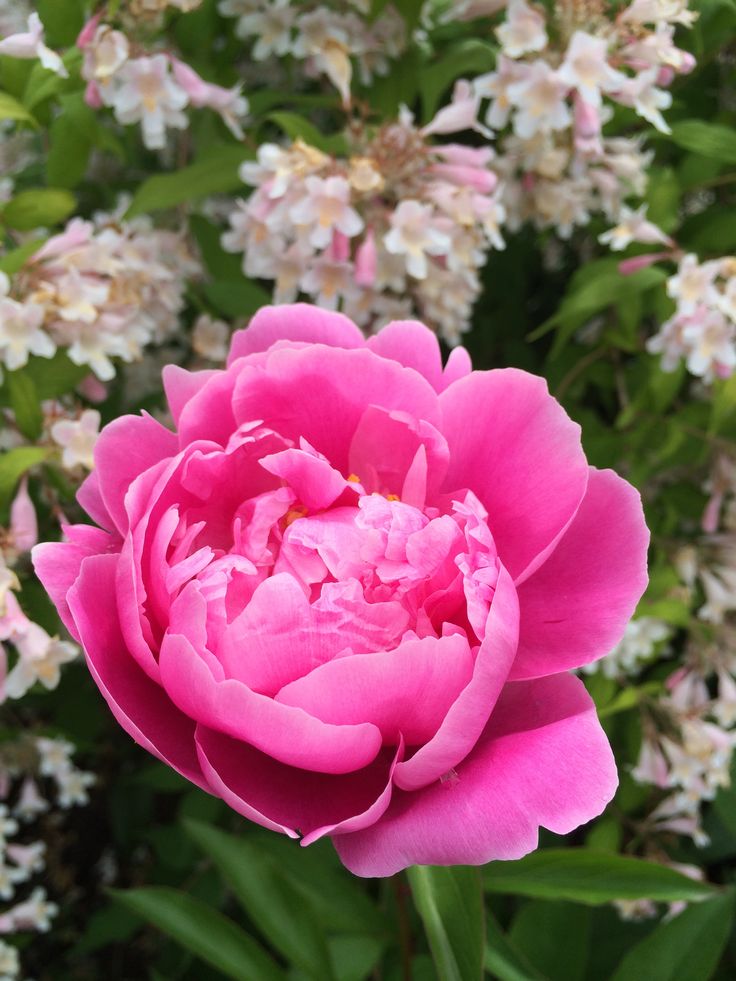
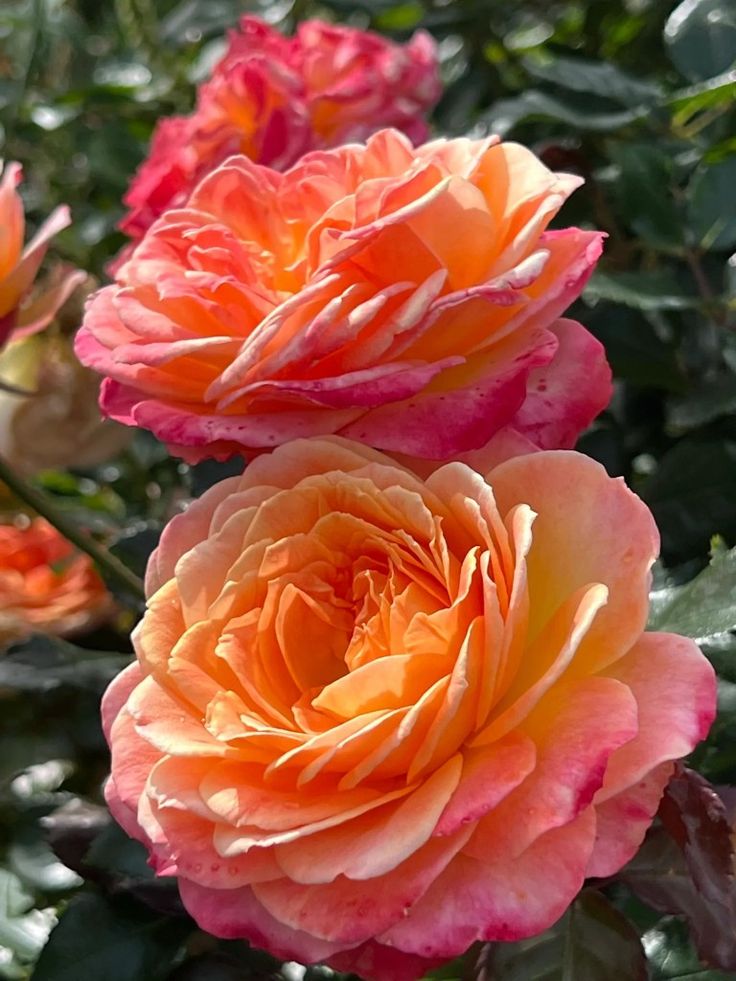
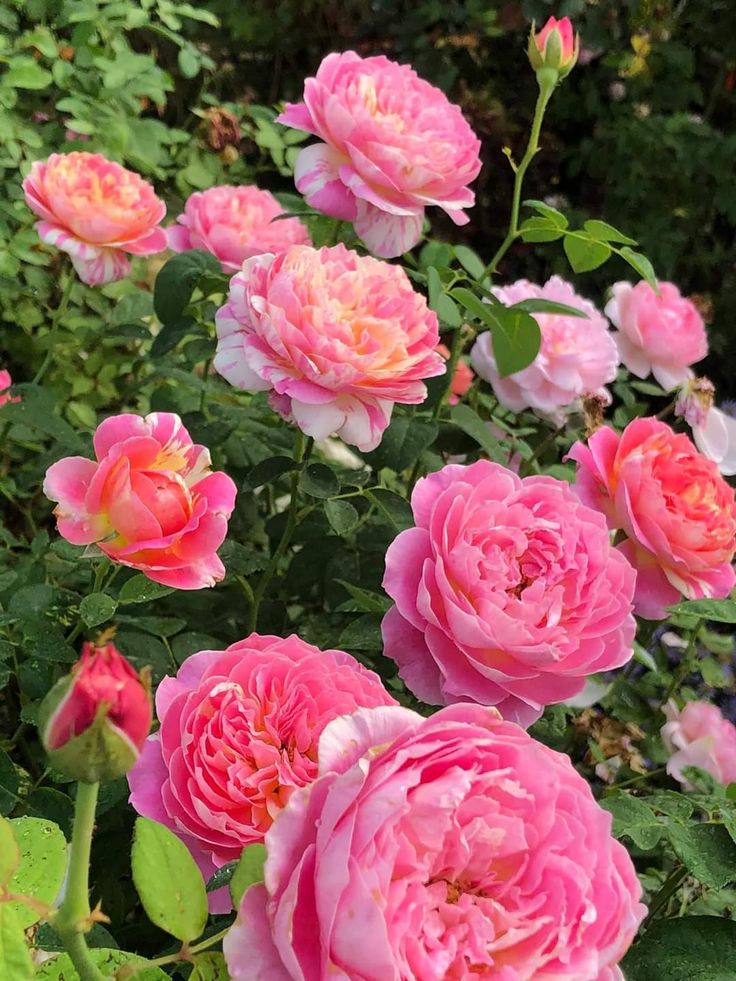
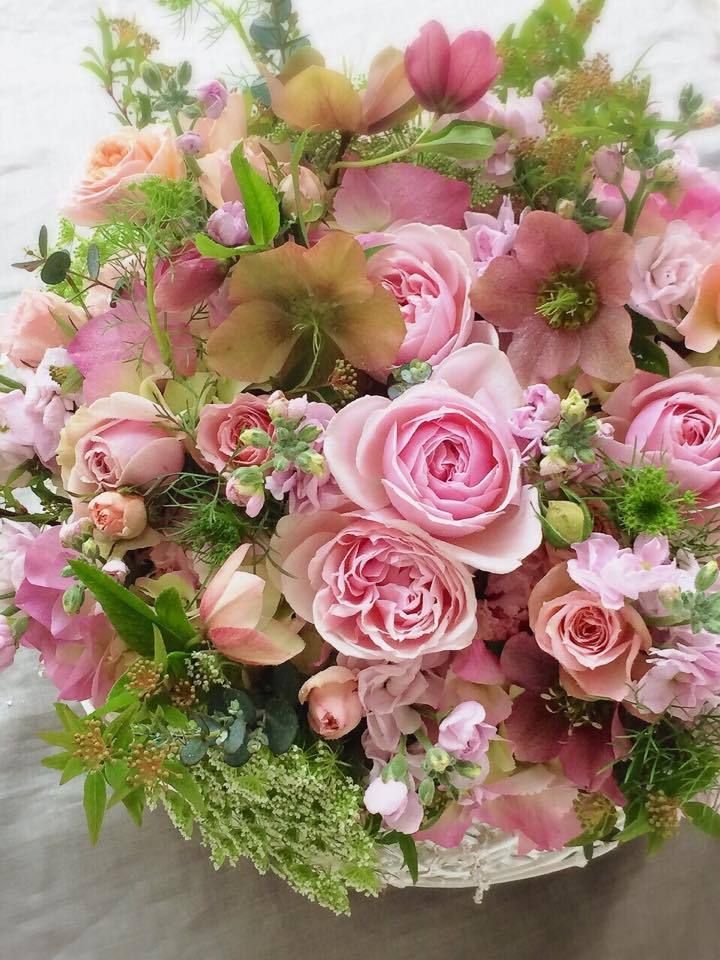
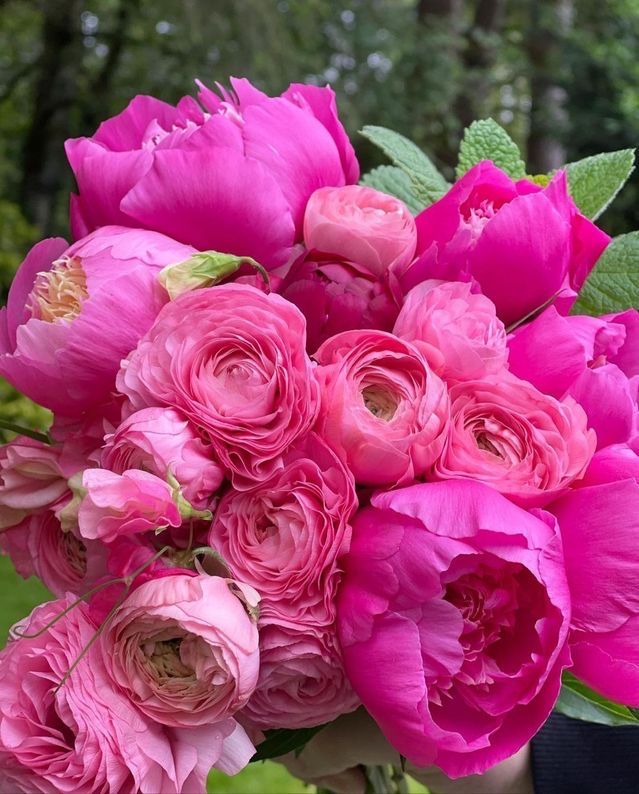
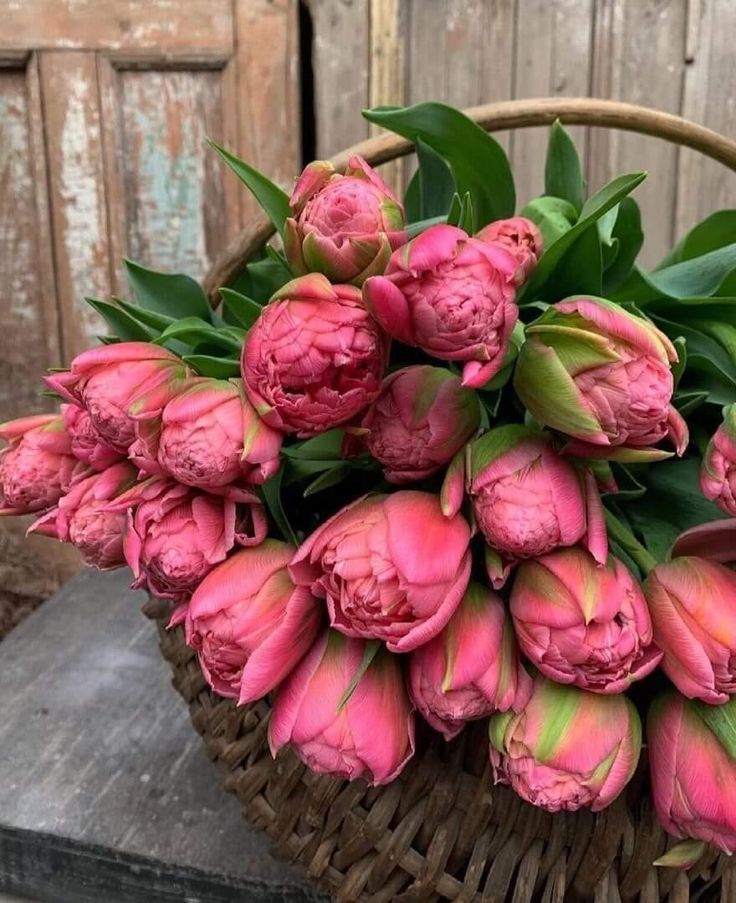
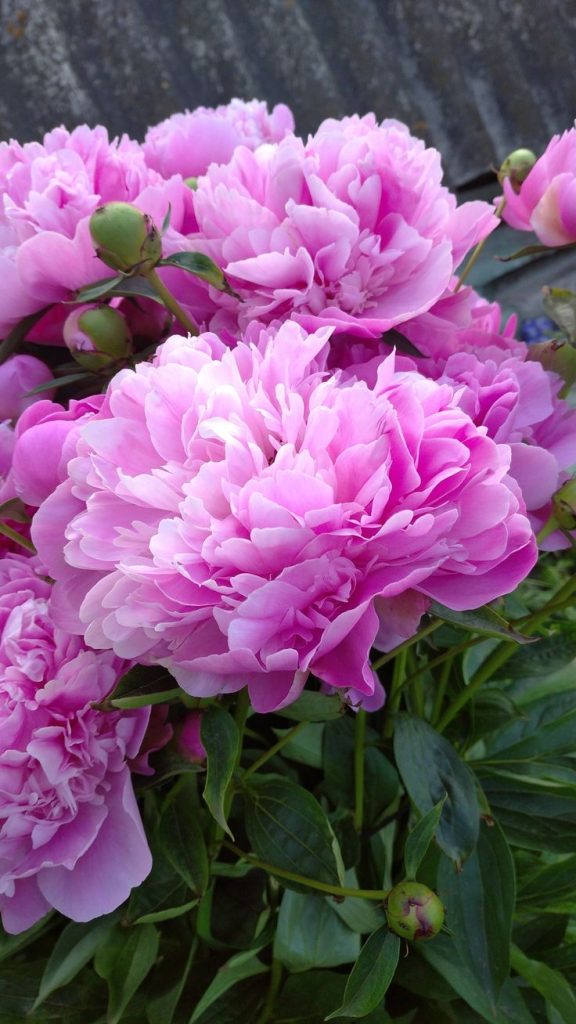
Understanding Beneficial Insects
- Pollinators: Bees, butterflies, moths, and other pollinators are essential for the reproduction of many flowering plants, including fruits, vegetables, and ornamentals. By transferring pollen from one flower to another, pollinators facilitate fertilization and seed production, ensuring the continued survival of plant species.
- Natural Predators: Ladybugs, lacewings, hoverflies, and predatory beetles are among the beneficial insects that prey on garden pests such as aphids, caterpillars, and scale insects. By feeding on pest populations, these natural predators help to control insect infestations and reduce the need for chemical pesticides.
Choosing Flowers to Attract Beneficial Insects
- Native Plants: Native flowers are well-adapted to local growing conditions and provide abundant nectar and pollen resources for native pollinators and beneficial insects. Choose a diverse selection of native flowers that bloom throughout the growing season to support a variety of insect species.
- Single-Bloom Flowers: Flowers with simple, open blooms are easier for pollinators to access and collect nectar and pollen. Avoid double-bloom varieties that may lack accessible reproductive structures or produce less nectar and pollen.
Creating an Insect-Friendly Flower Garden
- Plant Diversity: Create a diverse planting scheme with a mixture of flower shapes, colors, and sizes to attract a wide range of beneficial insects. Include flowers with different bloom times to provide continuous food sources for insects throughout the season.
- Grouping and Clustering: Plant flowers in clusters or drifts rather than scattered individual plants to create visual impact and make it easier for insects to locate food sources. Grouping flowers of the same species together can also improve pollination efficiency.
Providing Habitat and Shelter
- Native Grasses and Shrubs: Incorporate native grasses and shrubs into your garden design to provide habitat and shelter for beneficial insects during periods of inclement weather or in between foraging activities.
- Nesting Sites: Install bee hotels, butterfly houses, and other structures designed to provide nesting sites and shelter for solitary bees, butterflies, and other beneficial insects.
Maintenance and Care
- Avoid Chemical Pesticides: Minimize or eliminate the use of chemical pesticides in your garden to protect beneficial insects from harm. Instead, practice integrated pest management (IPM) techniques, such as crop rotation, handpicking pests, and biological controls.
- Regular Monitoring: Monitor your flower garden regularly for signs of insect activity, including pollinator visits, pest infestations, and natural predator populations. Adjust your planting and maintenance practices as needed to support a healthy and balanced insect population.
Conclusion
By planting a diverse array of flowers and creating a welcoming habitat for beneficial insects, you can cultivate a flourishing garden ecosystem that thrives with life and activity. From pollinators that ensure the reproduction of flowering plants to natural predators that keep pest populations in check, beneficial insects are essential allies in the garden. So roll out the welcome mat, plant some flowers, and watch as your garden becomes a haven for beneficial insects—it’s a beautiful and rewarding journey that celebrates the interconnectedness of all living things.

